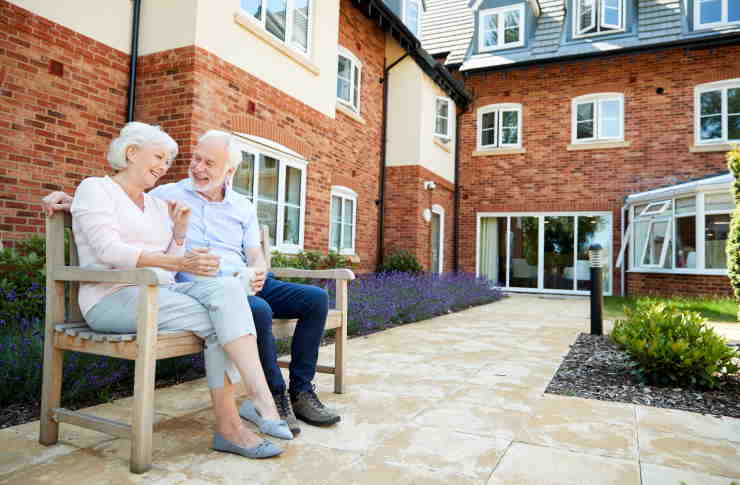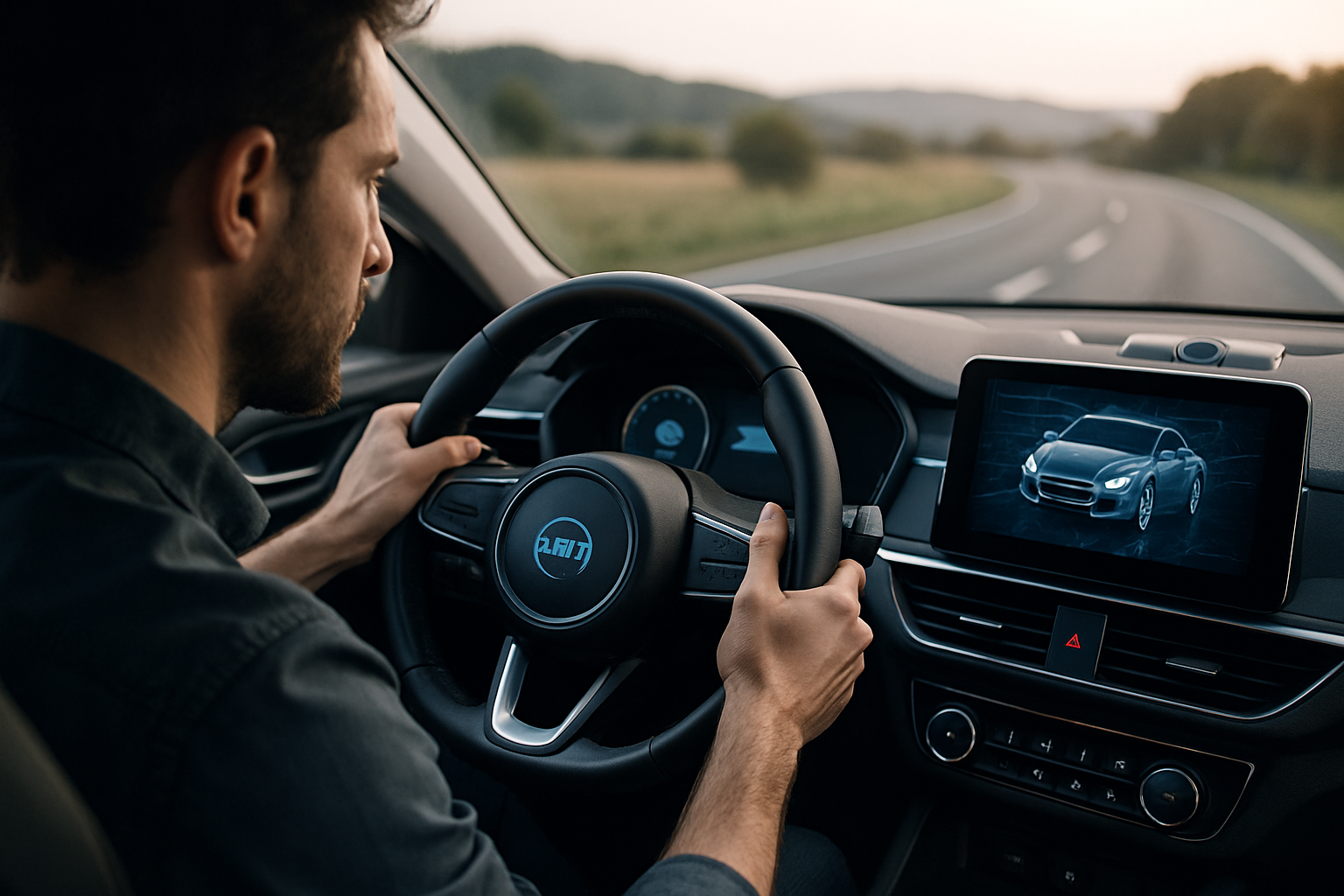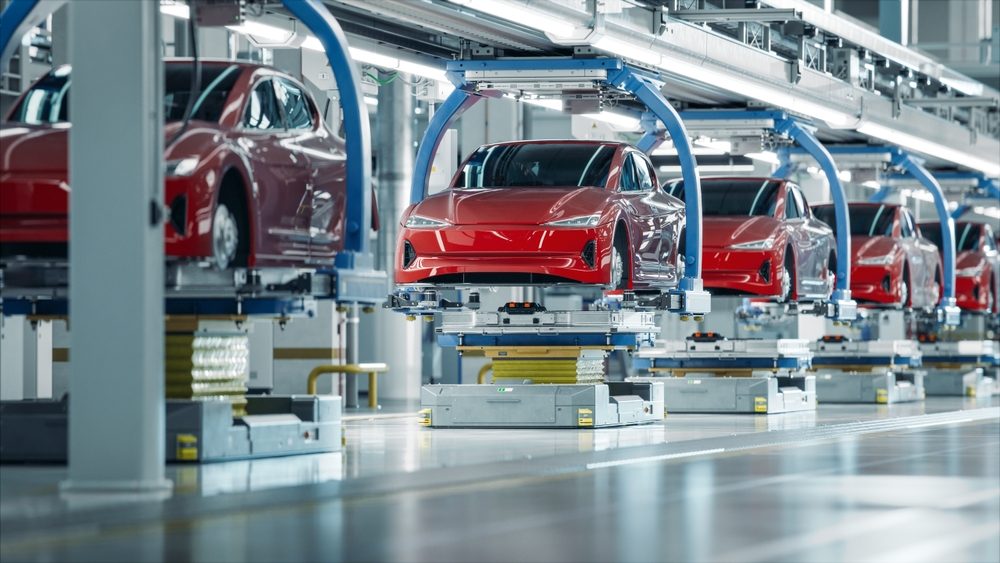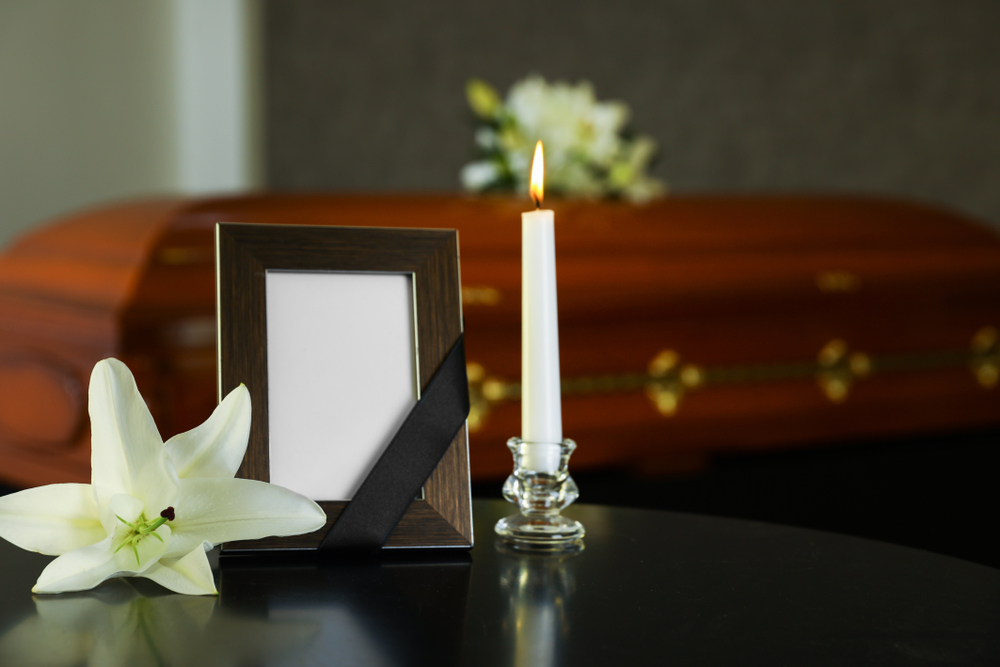Smart Prefab Bungalows: The Future of Senior Living
More Australian seniors are discovering the appeal of prefab bungalows as an innovative housing solution that combines modern convenience with comfortable retirement living. These smart, compact homes offer a fresh approach to aging in place, providing all the amenities needed for independent living without the maintenance burdens of traditional properties.

What Makes Prefab Bungalows Perfect for Senior Living?
Prefabricated bungalows offer several advantages that make them particularly well-suited for senior living. The single-level design eliminates the need for stairs, providing easier navigation for those with mobility challenges. Modern prefab homes are constructed with wider doorways and hallways that can accommodate wheelchairs and walking aids. These homes can be customized before manufacturing to include specific accessibility features like grab bars, lowered countertops, and step-free showers that would be costly renovations in traditional homes.
The construction process itself represents another significant advantage. Prefab homes are built in controlled factory environments, ensuring consistent quality while reducing construction time by up to 50% compared to traditional building methods. This means seniors can transition to their new homes faster with minimal disruption. Additionally, the precision engineering reduces waste and often results in better insulation and energy efficiency, contributing to lower ongoing maintenance costs—a crucial consideration for those living on fixed incomes.
How Do Prefab Bungalows Support Aging in Place?
Aging in place—the ability to live independently and safely in one’s home regardless of age or ability level—is a priority for many Australian seniors. Prefab bungalows excel in this area through their adaptable design philosophy. These homes can incorporate smart technology systems that support independent living, including automated lighting, voice-controlled appliances, and integrated health monitoring devices that can alert caregivers or emergency services if needed.
The modular nature of prefabricated construction also allows for relatively simple modifications as needs change over time. Additional support features like ramps, wider doorways, or specialized bathroom fixtures can be incorporated either during initial construction or added later with minimal disruption. Some prefab manufacturers even offer specific “aging in place” packages that include future-proofed design elements, ensuring the home remains suitable as mobility needs evolve, ultimately extending the period seniors can maintain their independence.
Why Are Seniors Choosing Prefab Over Traditional Communities?
The shift toward prefab housing among seniors reflects changing preferences in retirement living. Many of today’s seniors are seeking alternatives to large retirement communities, preferring to maintain connections with existing neighborhoods and social networks. Prefab bungalows can be installed on existing property—either the senior’s own land or that of family members—creating multi-generational living arrangements that provide support while preserving independence and privacy.
Cost considerations also play a significant role in this trend. Traditional retirement communities often come with substantial entry fees and ongoing monthly charges, while prefab homes represent a one-time investment with predictable maintenance costs. This financial structure allows seniors to retain more control over their assets while still accessing purpose-built housing tailored to their needs. Furthermore, the ability to place these homes in established communities means seniors maintain access to familiar services, healthcare providers, and social connections that contribute significantly to quality of life in later years.
What Sustainability Benefits Do These Homes Offer?
Prefabricated construction inherently embodies sustainability principles that resonate with environmentally conscious seniors. The factory-based manufacturing process generates significantly less waste than traditional construction—typically 30-40% less—as materials can be precisely ordered and unused components recycled within the facility. The controlled environment also allows for more precise construction, resulting in better-sealed building envelopes that improve energy efficiency.
Many prefab manufacturers offer eco-friendly design options including solar panel integration, rainwater harvesting systems, and high-efficiency HVAC systems. These features not only reduce environmental impact but also lower ongoing utility costs, an important consideration for seniors on fixed incomes. Additionally, the reduced construction timeline means less site disruption and fewer emissions from construction vehicles and equipment. For seniors who value environmental responsibility, prefab homes offer a housing solution that aligns with their values while providing practical benefits.
How Do Prefab Bungalows Address Australia’s Housing Challenges?
Australia faces significant housing challenges, including affordability issues and limited options for the aging population. Prefabricated bungalows represent an efficient use of existing land resources through their compact footprint and ability to be installed on existing properties. This approach helps address housing density concerns without requiring major infrastructure development or contributing to urban sprawl.
The speed of prefab construction also helps address immediate housing needs more rapidly than traditional building methods. For regions recovering from natural disasters or experiencing housing shortages, prefab homes can provide quality housing solutions in a fraction of the time. Additionally, the controlled costs of manufacturing help create more predictable and often more affordable housing options in a market characterized by volatile construction expenses. As Australia’s population continues to age, prefab bungalows offer a scalable approach to meeting senior housing demands across diverse geographic regions.
Prices, rates, or cost estimates mentioned in this article are based on the latest available information but may change over time. Independent research is advised before making financial decisions.
Prefabricated bungalows represent a compelling option for Australia’s aging population, offering customizable, sustainable living spaces that support independence and quality of life. Their adaptability, efficiency, and thoughtful design principles make them particularly well-suited to addressing the unique needs of seniors while also contributing solutions to broader housing challenges. As technology continues to advance and manufacturing processes become more sophisticated, these innovative homes will likely play an increasingly important role in reshaping senior living options across Australia.




